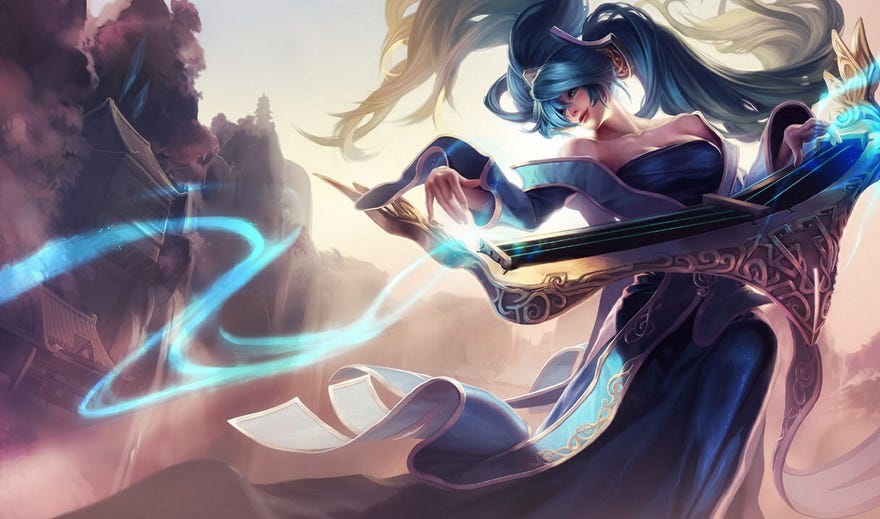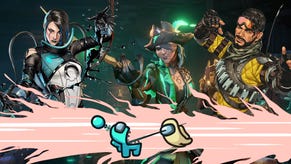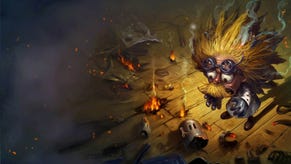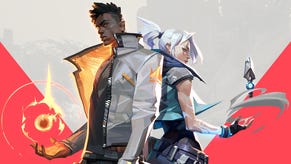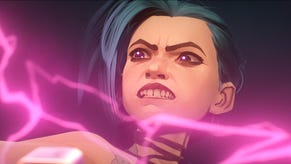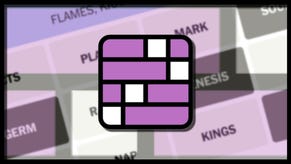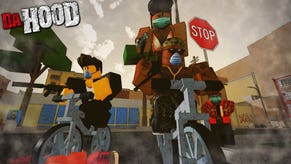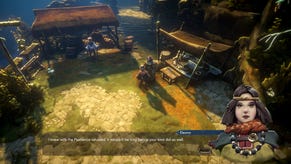League of Legends: Support guide - How to play support
Everything you need to know about playing Support.
Anyone who’s queued into a lobby for League of Legends has very quickly found out that support seems to be one of the game’s least favoured roles. Yet it's a role that can prove absolutely vital to your team’s success.
That reluctance to take on the role also incorrectly values the vast number of options when it comes to playing support too. You’re not just resigned to being a passive participant, monitoring the team’s health bars in each match - you can also be the one initiating fights or looking for picks.
If any of that sounds interesting to you and you’re looking to get a better understanding of your job on the team, this guide will look at some of the key fundamentals to keep in mind when playing support, as well as highlighting some of the different skills certain champions bring to the role.
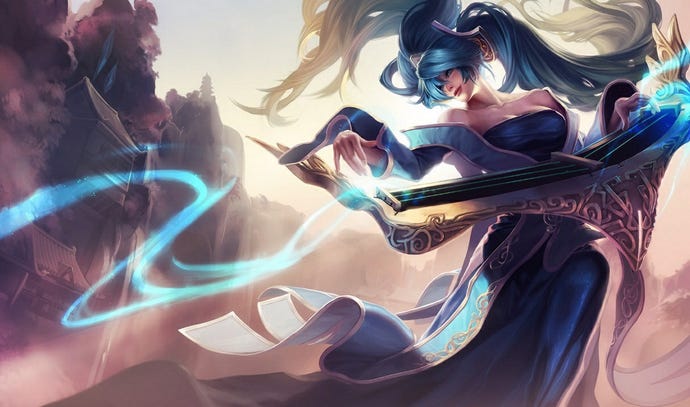
What does a support do?
The support player is the backbone of any League of Legends team. They’re the one who brings the skills and utility to tie the whole team together, offering the assistance where necessary to help everyone else do their job effectively throughout all stages of a game.
They may not be the sorts of champions who make the obvious game-winning plays (although some certainly can), or who can overtly carry the team to victory, but they definitely lift up the whole team with their contribution. Everyone may be mightily impressed with the Vayne who’s just torn through the opposing team, but she never would’ve been able to do that without you peeling for her, buffing her and healing her, for example.
Historically, support players have also been given the task of providing the team vision across the map using wards. Thankfully, changes to the game over time have encouraged other players to more actively provide vision for the team, but the onus is still on you to take the lead with warding.
There is a lot of information out there about ward placement, but generally you can just follow the rules of common sense to know where to ward. Is there a bush to the side where enemies might flank from? Ward it. Is a key objective about to go live? Ward it. Remember you can also counter and clear enemy wards to starve them of information too.
Those are some general things to keep in mind, but, ultimately, how you play support will depend a lot on which champion you choose to play. Each can bring a particular set of abilities that push you towards a certain style of strategy, so knowing what’s expected of you depending on your pick is how you become an excellent support player.
The different types of support champion
If you broke them down you could argue that there are generally four types of support champion: healers and shielders, pokers, catchers, and tanks.
Knowing how each one best works with the team can make your drafting decisions much easier, so you can find better chances to synergise with the potential of your allies. Some can also fit into multiple categories, but where they’re mentioned below it’s to place them in their most fitting grouping.
Healers and shielders - i.e. Janna, Soraka, Nami
The main job of these healer and shielder supports is to mitigate damage and provide enough sustain to their team in order to out last opponents in fights. If your opponents try to focus down a single target, you’ll be there to throw up that barrier or land that last second clutch heal to prevent them from dying.
With the enemy’s cooldowns wasted, or position compromised as they try and fail to secure a kill, you can turn a fight back in your favour.
Pokers - i.e. Lux, Brand, Zyra
Poker supports are unique in that they aren’t generally accepted under the banner of support. However, played well and in the right team composition, they can provide an incredible strong laning phase that snowballs into a huge lead for your team.
Essentially, pokers are the opposite of healers and shielders, instead bringing damage to out-poke other champions, push them out of the lane, or offer excess burst in team fights. They certainly bring a dose of utility with crowd control skills, although the extra firepower is what really sets them apart.
Catchers - i.e. Blitzcrank, Thresh, Pyke
A catcher support is one who is able to catch out opposing players, essentially signalling the rest of the team to jump on and focus down the target they’ve grabbed onto.
The pressure is on when playing these support champions, as almost all of your effectiveness lies in landing the the one ability that will grab or hook or latch onto your target. Miss it and you’ll be left twiddling your thumbs waiting for the cooldown. Land it on a particularly vulnerable target, though, and watch as your team makes pick after pick that catapults you into a lead.
Tanks - i.e. Alistar, Leona, Nautilus
Stretching the definition of the role a little, these support champions are favoured by more aggressive players – you will often be the one leading the team into battle with strong engagement tools.
If you find the opportunity to hone in on a key target, you can provide enough lockdown and disruption so that your allies can follow up to burst them down before they can escape. These characters tend to need a bit more gold to succeed as their holding strong on the frontline, but you’ll still want to leave the majority of the creep farm to others.
How to play support in the early game
The support is almost always paired with the ADC in bot lane, where your main job in the early game is to make it is safe as possible for them to farm gold from creeps ,while also doing what you can to deny the enemy ADC from doing the same.
You do not want to be last-hitting minions yourself to gather gold (lest you incur the wrath of your ADC), unless it looks as though your lane partner is going to miss it, or you have a charge of an item like Relic Shield that will share the kill.
Look to poke the opposing duo whenever possible and come out on top during trades. If you’re playing a more aggressive support, see if you can set up a possible kill for you ADC. Don’t forget to ward!
How to play support in the mid game
Now’s the time to find opportunities to roam if possible. This should be more than doable if you’re ahead and have, for example, already destroyed the opposing team’s turret in the bot lane. See if you can rotate to other lanes to turn a losing situation around or create more of an uneven match-up.
Also, if you do go for a wander, ensure you’re always heading with or to another player. A solo support is generally a waste unless you desperately need to gather some gold in an abandoned lane. Ensure you’re giving your team vision of key objectives such as Baron and Dragon that your opponents may look to take as the game opens up.
How to play support in the late game
Stick with the team and continue doing whatever your chosen champion does best. Games can turn in a single moment during this phase, so if you’re playing an aggressive support and see an opening to catch an enemy out of position, then initiate that fight so your team can try to push for core.
Otherwise, stick by your team and keep up with the ward placement so you can avoid being caught off-guard. Protect your carries, use your items when applicable and you’ll have done your part to secure the win.
Related guides:
- 1. Best Early Game Champions
- 2. Best Support Champions
- 3. Best ADC Champions
- 4. Best Carry Champions
- 5. Best Beginner Champions
General support tips
Here are some general tips that apply when playing any support champion. Keep these at the forefront of your mind and you’ll be a master of the role in no time:
Video by ProGuides Challenger League of Legends Guides
- Avoid last-hitting on creeps or enemy champions as much as possible. Grab either if you think the kill will be missed otherwise, but you’ll want to funnel as much gold as you can to the more heavily item-dependant champions on your team.
- To that end, upgrade your gold-generating items such as Relic Shield first as you’ll be sacrificing as much gold in lane to your ADC in the early game. Most support champions aren’t too significantly item-dependant, but it’s nice to have a few key pieces in your inventory regardless.
- Ward, ward, ward. Yes, your allies should be helping with this too, but you’ll still want to take the lead on supplying vision in lane, at key objectives, at dangerous choke points and when it looks like you’re posturing for a teamfight.
- Protect your lane partner. It may be tempting to chase down or run interference on your lane opponents, but don’t stray too far from your ADC in the early game as you may leave them open to attack.
- Try to avoid going solo whenever possible. You are much more effective when alongside at least one ally, so try to stick with someone at all times. A lonely support is an easy target, after all.
- Run the summoner spell Exhaust. This can be used both aggressively to confirm a kill on a opposing champion, or defensively if you’re caught out of position and need to make a quick escape.
